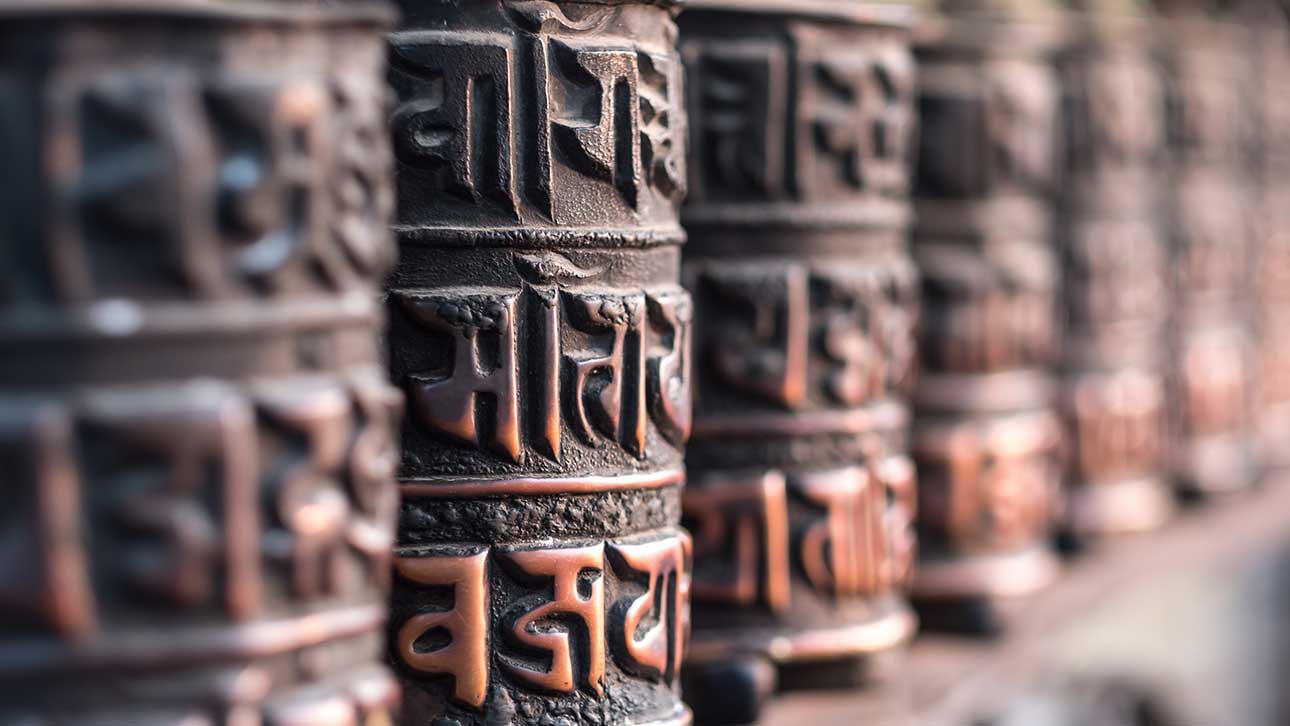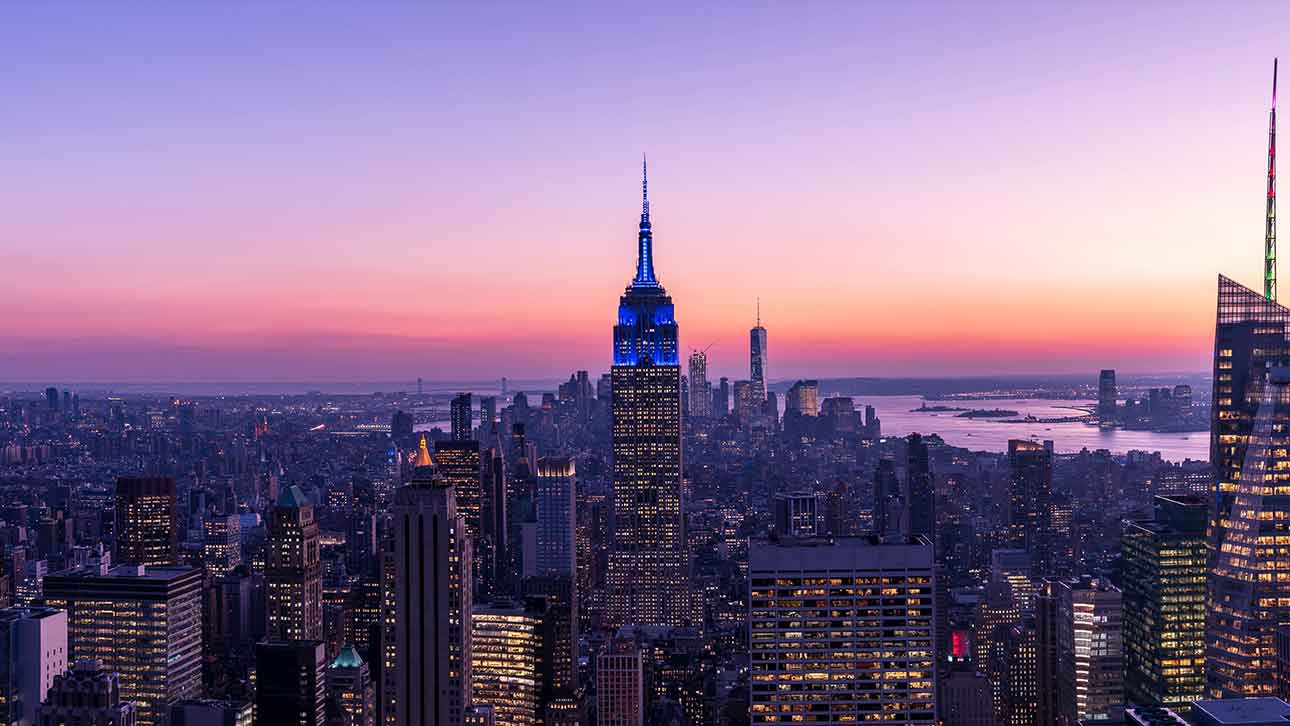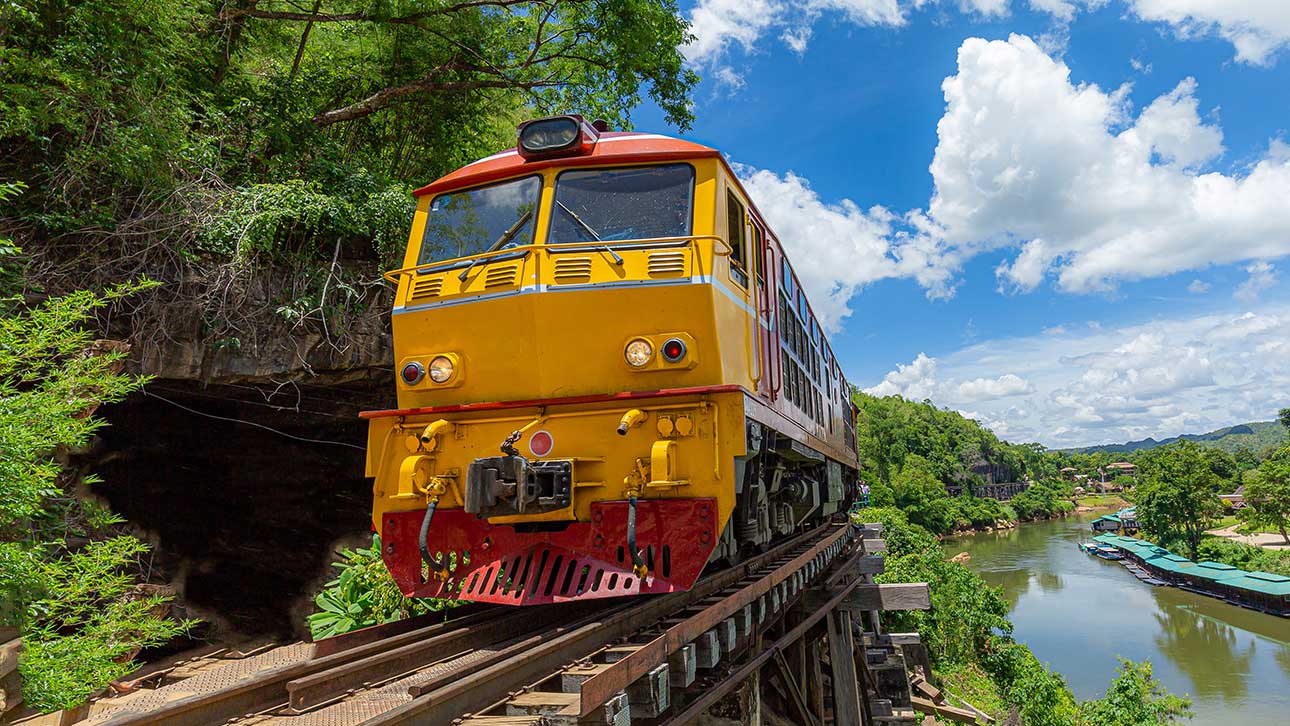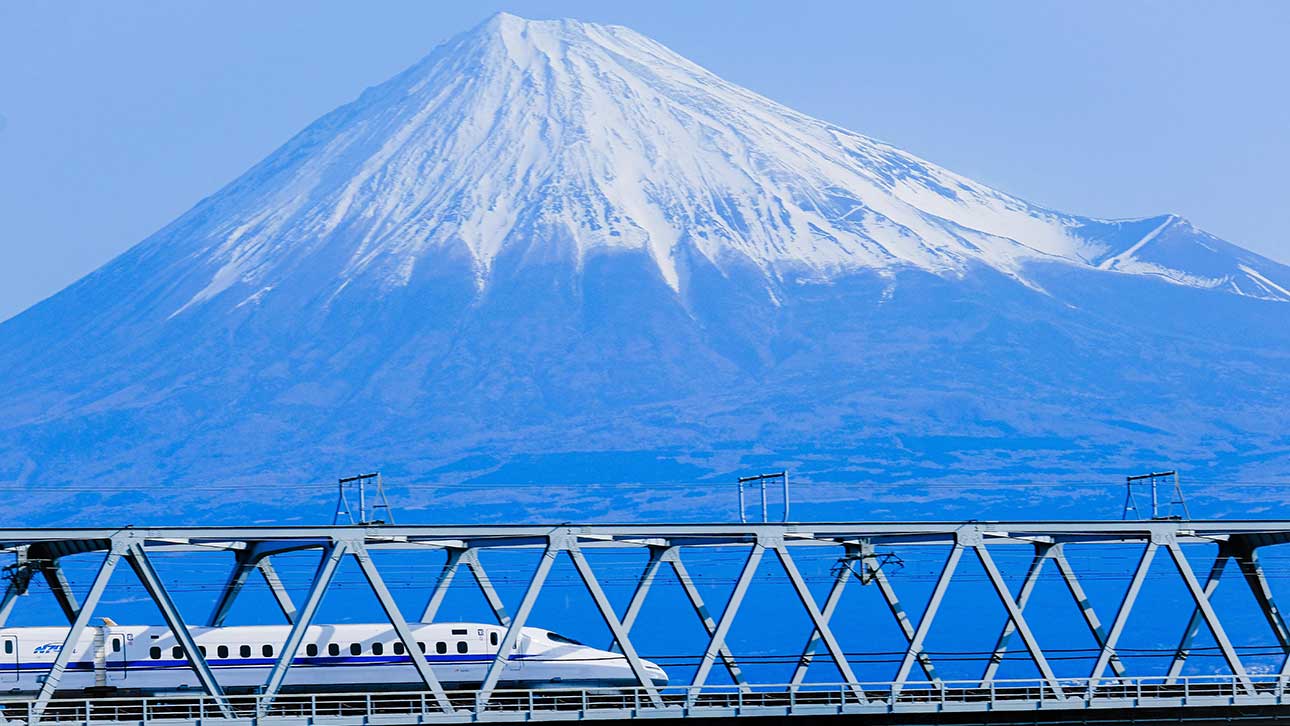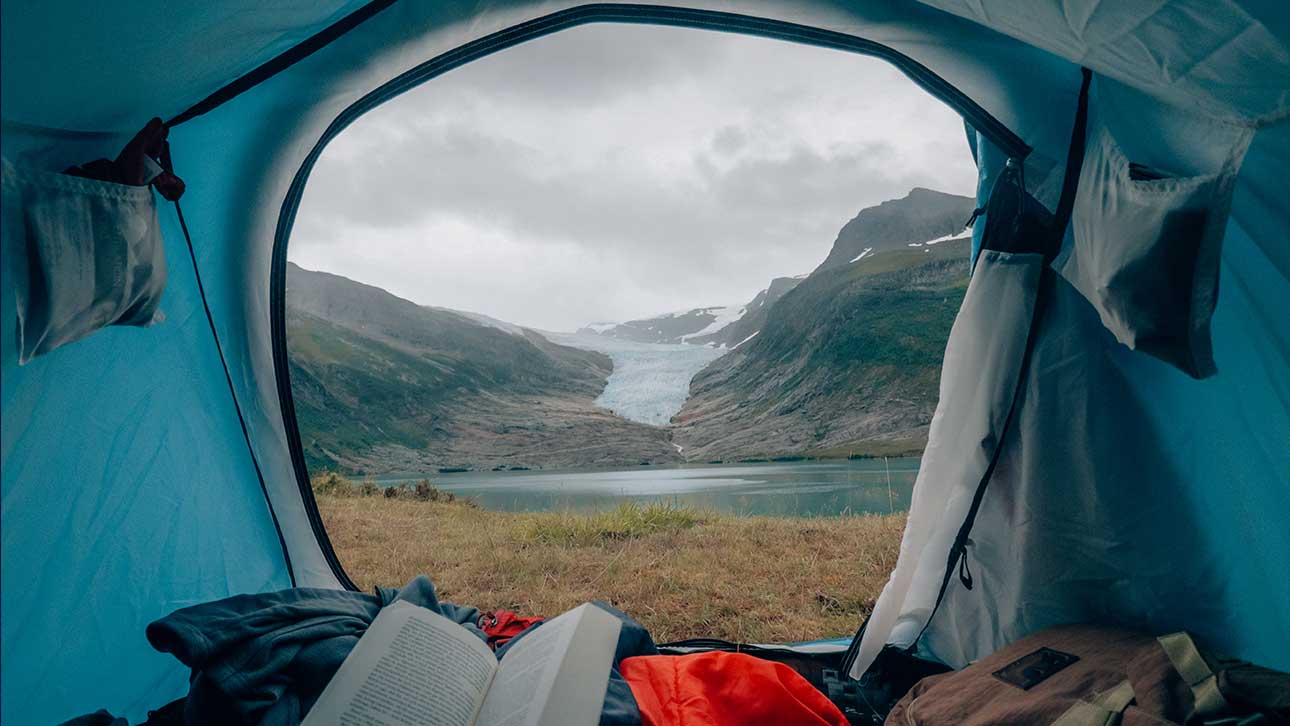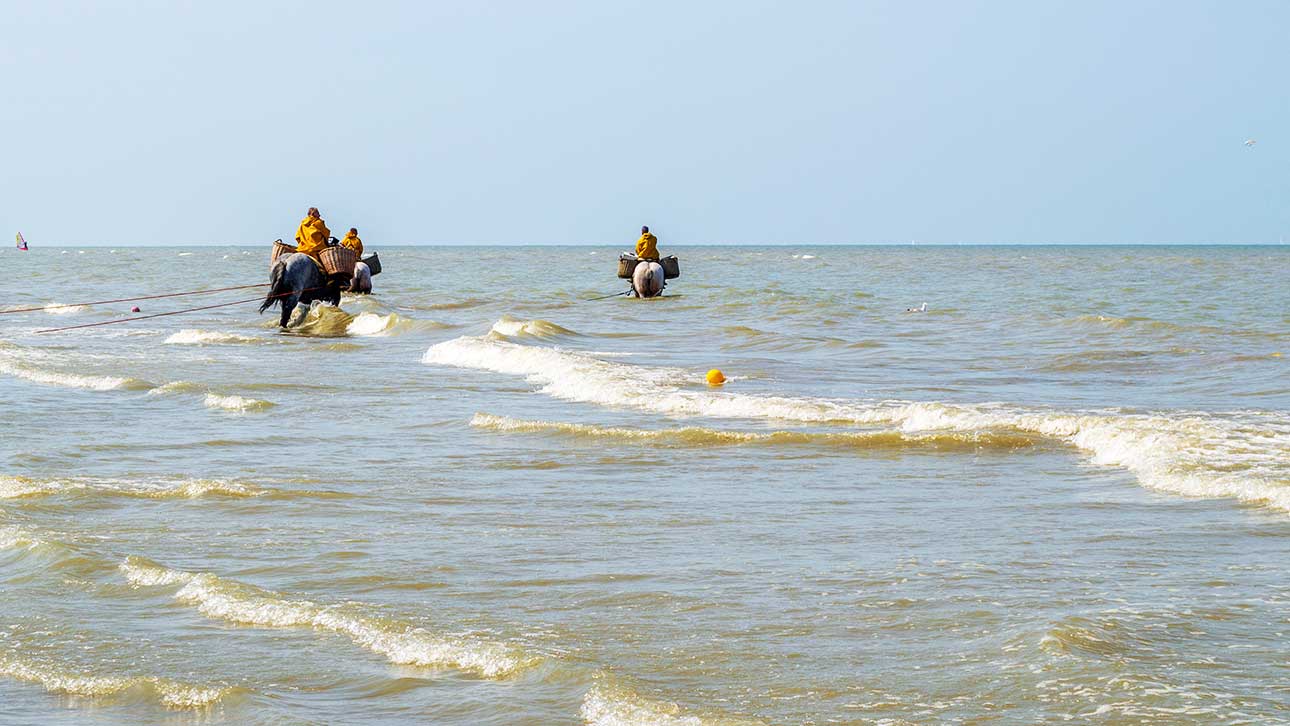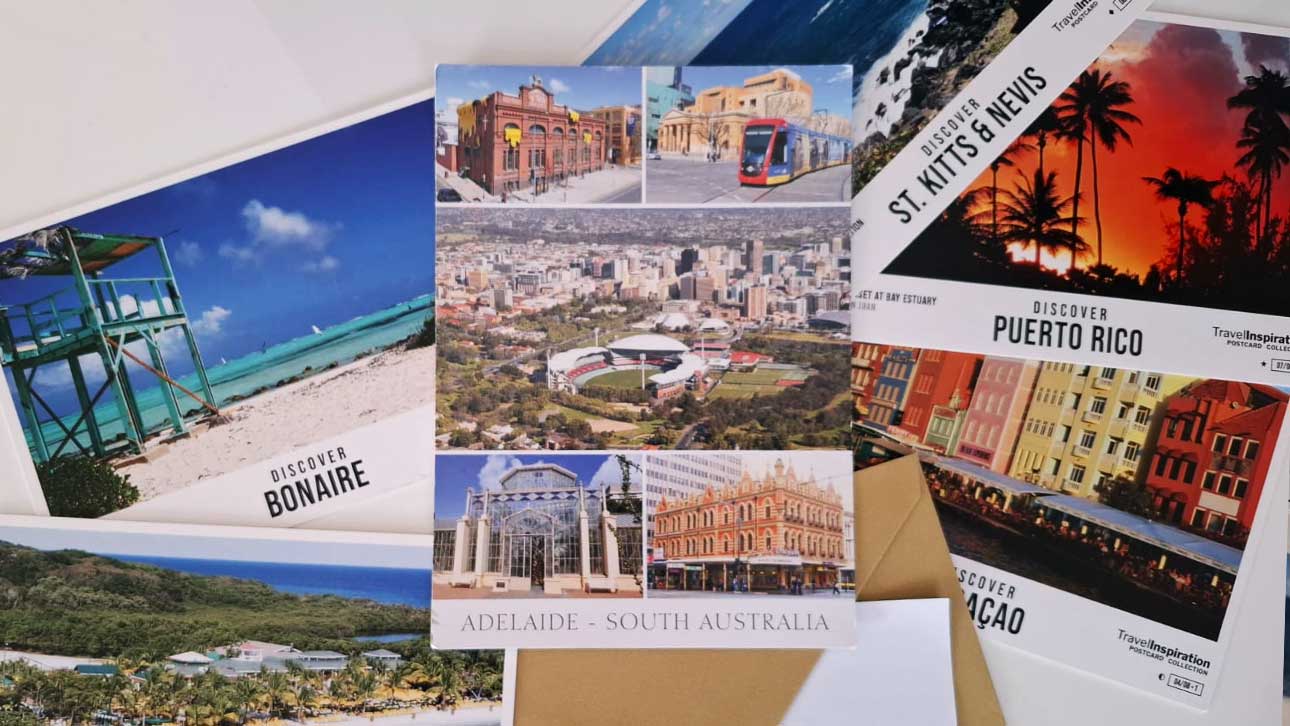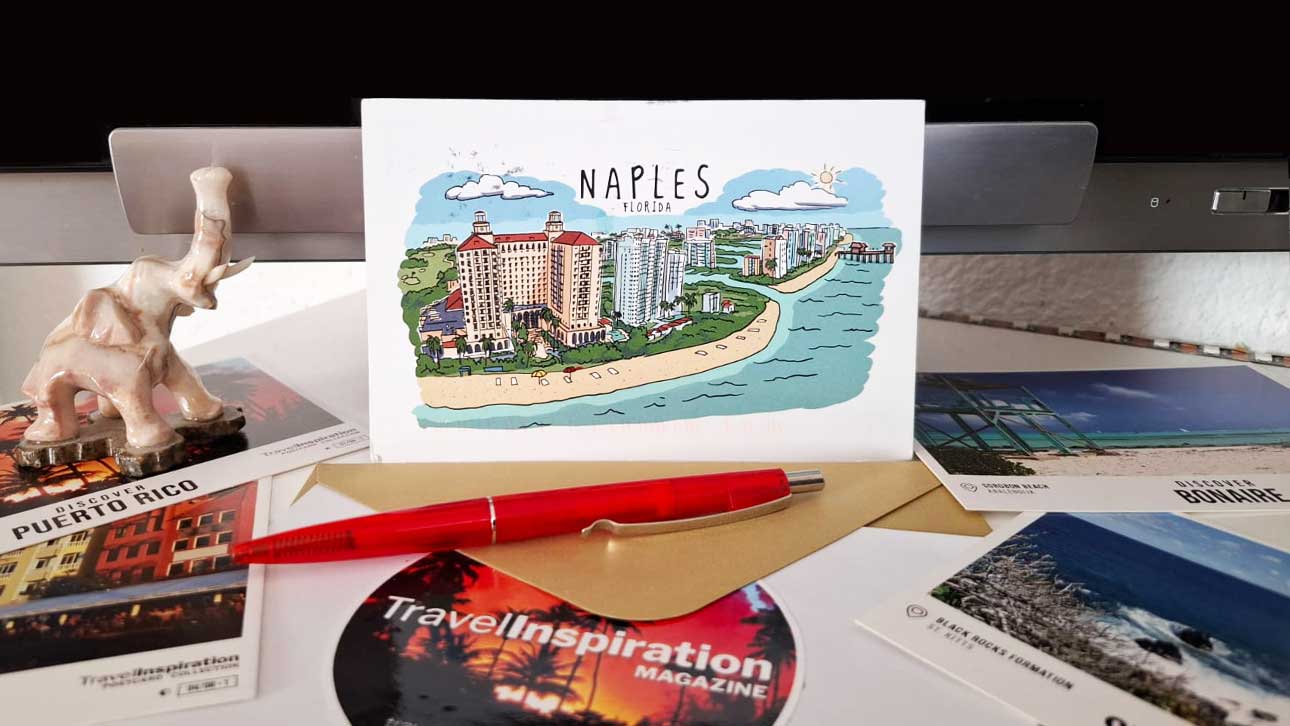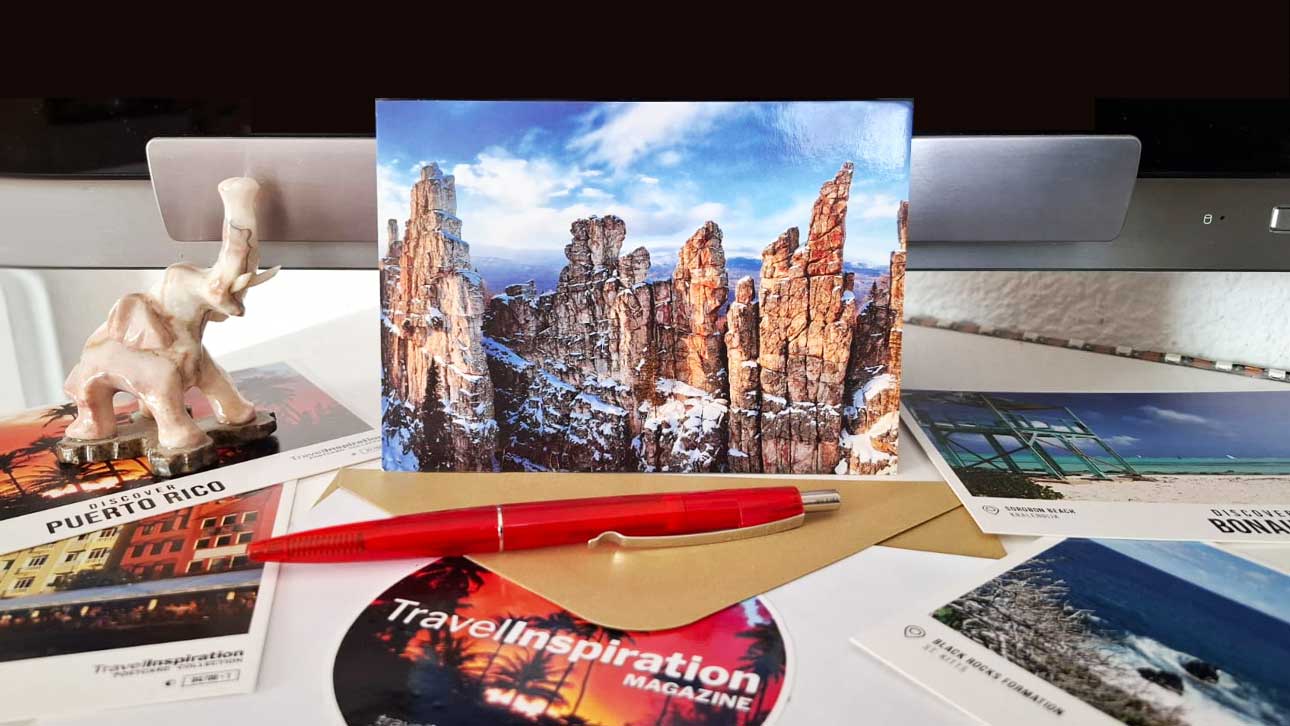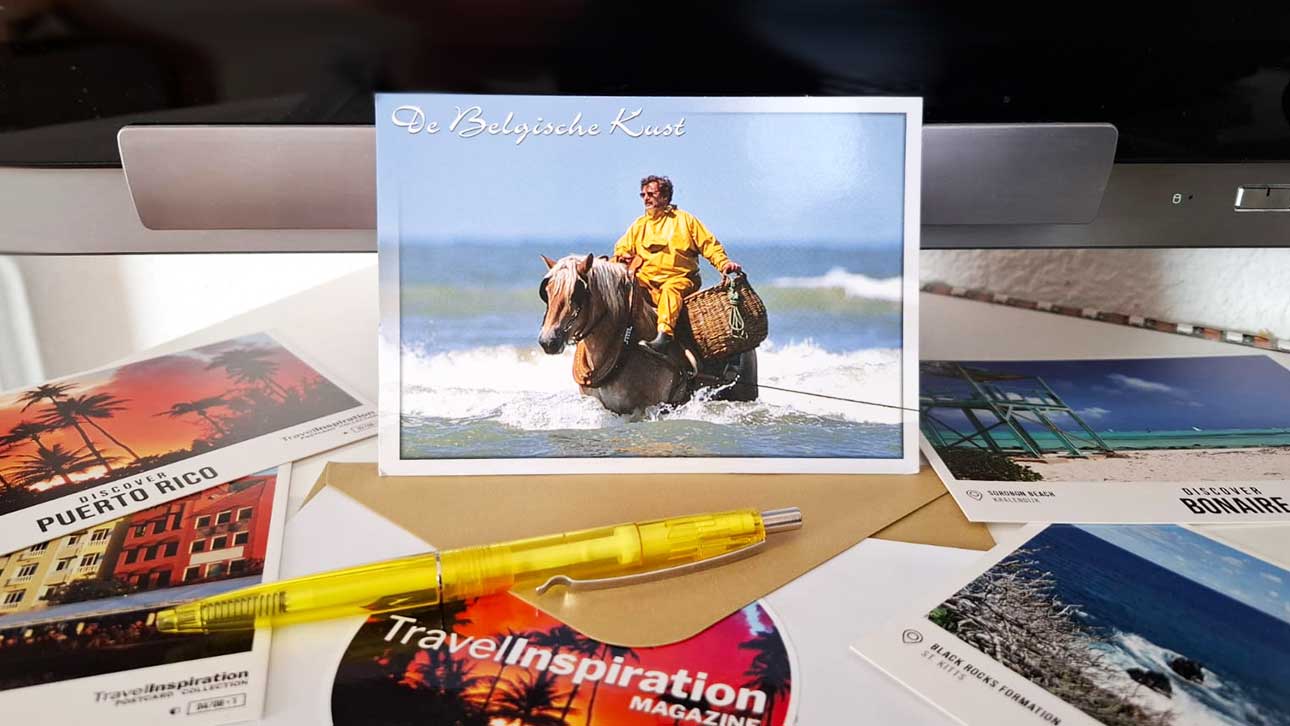There are journeys that do not begin with a ticket, but with the feeling that something inside you needs to fall into place. Tibet is one of those journeys where the goal is not reaching a destination, but finding yourself.
The road through the Himalayas doesn’t lead only upward to the peaks. With every step, you move closer to your own silence. The higher you climb, the more the unnecessary falls away – thoughts settle, the air thins, and your gaze becomes clearer. At this altitude, there is nothing to distract you. And precisely then you begin to realize that the search for the unknown, the very reason you left, has never been outside you.
Tibet doesn’t give answers. It creates silence — the kind in which you finally start to listen. It takes away certainty, expectations, and the need for explanations. And it leaves only what has always been there – the inner voice we usually ignore.
The philosophy of this land follows the same path. Tibetan Buddhism, or Vajrayana, promises neither salvation nor perfection. It teaches that awareness does not come from outside, but from the way you look – at yourself and at the world. Enlightenment is not a goal, but a moment of clarity – brief, yet enough to rearrange the directions of your inner map.
In Lhasa, the Potala Palace rises above the city as a memory of constancy in a restless world. The Jokhang Temple is a place where time moves more slowly – the footsteps of pilgrims, the rhythm of prayer wheels, the repetition of “Om Mani Padme Hum.” These movements are not ritual in the religious sense, but a way for a person to stay connected to the moment – to allow themselves simply to be here and now.
In the monasteries of Sera, Drepung, and Ganden, philosophy becomes a conversation. The monks debate not to win, but to sharpen their thought. Their discussions are a form of learning – a search for the edge where reason can go no further before it falls silent.
Here, the landscape completes the philosophy. Lake Namtso and Mount Kailash remind you that silence is not emptiness – within it lies order, scale, and endurance. Tibet does not try to impress. It simply exists – still and vast, like a mirror in which you start to see your own reflection more clearly and more closely than ever before.
The modern traveler often sets out seeking change – a new place that will pull them away from the everyday rhythm. But in Tibet, change happens differently. Here, the road leads inward, toward the self. And when that happens, the feeling is filled with pure, conscious simplicity – calm, clear, and real.
And when you leave, you take no souvenirs. You take silence – the kind that stays in your thoughts. Within it, the journey never ends. There is only a return to something that has always been yours.

![Български [BG] Български [BG]](/media/mod_languages/images/bg_bg.gif)
![English [EN] English [EN]](/media/mod_languages/images/en_gb.gif)

